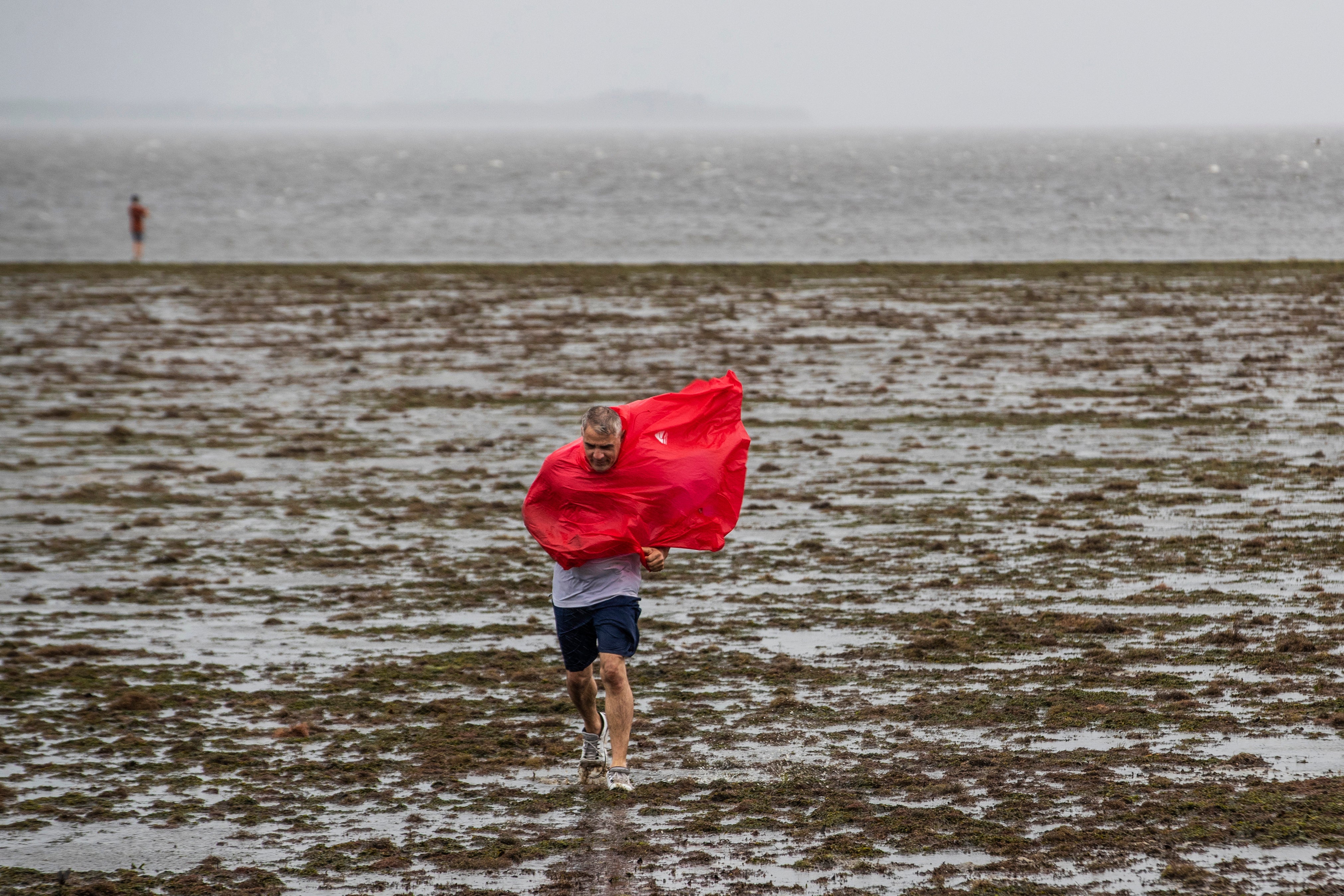Experts: Negative storm surge in Tampa Bay as Ian approached
Water drained from Tampa Bay as Hurricane Ian approached Florida’s Gulf Coast

Your support helps us to tell the story
From reproductive rights to climate change to Big Tech, The Independent is on the ground when the story is developing. Whether it's investigating the financials of Elon Musk's pro-Trump PAC or producing our latest documentary, 'The A Word', which shines a light on the American women fighting for reproductive rights, we know how important it is to parse out the facts from the messaging.
At such a critical moment in US history, we need reporters on the ground. Your donation allows us to keep sending journalists to speak to both sides of the story.
The Independent is trusted by Americans across the entire political spectrum. And unlike many other quality news outlets, we choose not to lock Americans out of our reporting and analysis with paywalls. We believe quality journalism should be available to everyone, paid for by those who can afford it.
Your support makes all the difference.Water drained from Tampa Bay on Wednesday as Hurricane Ian approached Florida’s Gulf Coast.
The storm eventually made landfall near Fort Myers, about 100 miles (160 kilometers) to the south.
A number of people posted photos on social media of themselves and others walking out onto the silty and sandy bay floor, despite warnings from local officials. Tampa Bay has a normal average deputy of about 12 feet (4 meters).
The phenomenon of the bay emptying also happened in 2017, when experts said Hurricane Irma caused a negative surge. Because a tropical storm’s winds blow counterclockwise, the winds at the northern edge of Hurricane Ian were blowing from east to west with so much force that they pushed the water from the bay into the Gulf of Mexico.
Water eventually refilled the bay.